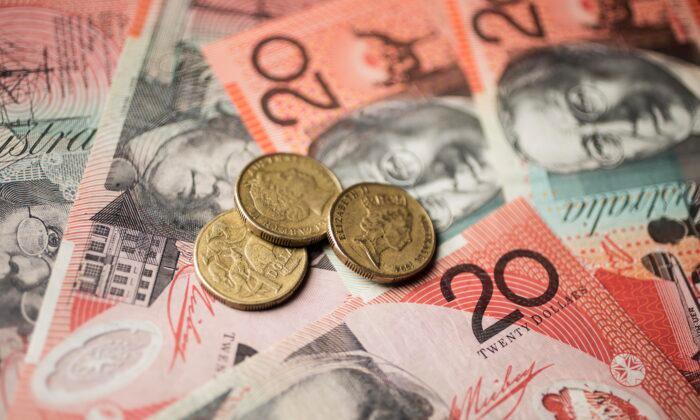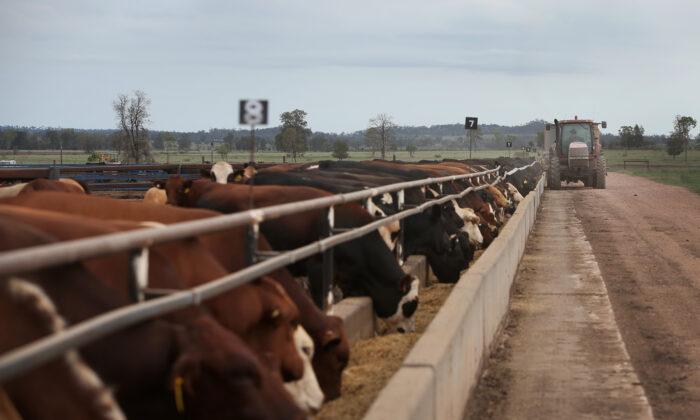Australian borrowers have been hit with 12 interest rate hikes since the Reserve Bank of Australia (RBA) embarked on a monetary tightening policy in May 2022, causing many to fall into mortgage stress.
However, some economists have warned the ordeal is far from over, as they expect the official cash rate to reach as high as 4.85 percent before an end is in sight.
Following the RBA’s decision to raise the official cash rate to 4.1 percent on June 6, Marcel Thieliant, the head of Asia-Pacific at global business research firm Capital Economics, predicted that the rate would eventually go up to 4.85 percent in September, posing a risk of plunging the Australian economy into a mild recession in the second half of 2023.
In making the prediction, Thieliant explained that the recent national accounts indicated a worsening trend for the nation’s productivity.
“As a result, we estimate that unit labour cost growth surpassed eight percent year over year last quarter for the first time since the early 1990s, allowing for the jump during the pandemic.”
Thieliant said the figures suggested that services inflation would remain “stubbornly high” for a period.

Another reason, according to Thieliant, was the RBA had taken a more hawkish stance toward inflation as it believed upside risks to inflation had gone up.
“Yesterday’s statement omitted the sentence that ’medium-term inflation expectations remain well anchored,'” Thieliant wrote.
“And in his speech today, Lowe noted for the first time that inflation expectations are one of the key indicators the Bank is watching.
Recession Risks
As Thieliant elaborated on his interest rate forecast, the economist believed Australia could fall into a mild recession if the RBA maintained its aggressive monetary policy.Pointing to the significant drops in real disposable income and saving-to-income ratio in the March quarter, he predicted that real disposable income would fall to an even lower level if the RBA lifted the official cash rate to 4.85 percent.
The economist also thought that continued monetary tightening might wipe out the recent recovery in house prices, effectively reducing household wealth.
“Accordingly, we now expect consumer spending to fall across the second half of the year,” Thieliant wrote.
“And with dwellings investment set to weaken further as house prices decline yet again, GDP should fall across the second half of the year, too.”
Government Rejects Claims Wage Increases Were Responsible for Interest Rate Hikes
Thieliant’s remarks come after the Labor government refuted ideas that the latest wave of minimum wage increases had caused the RBA to raise the cash rate.In an interview with Seven News, Home Affairs Minister Clare O'Neil implied that the record minimum wage increases backed by the government were not connected to the RBA’s interest rate decision.
“It’s not a government decision,” she said, adding she knows families are doing it tough.
“What I want them to know is that the Albanese government is doing everything within our power to make sure we can provide as much cost-of-living relief as we can.”

Similarly, Finance Minister Katy Gallagher said the recent interest rate increase was not triggered by the 2023-2024 federal budget nor the lift to the minimum wage.
“Our job as managing the budget as the government is to make sure that the decisions we take don’t make that job of the Reserve Bank’s harder.”
However, in his speech at the Morgan Stanley Australia summit, RBA Governor Philip Lowe said the Fair Work Commission’s decision did play a role in the latest interest rate hike.
While the governor noted that the minimum wage increases were above what was forecasted by the RBA, he said the impact it had on inflation would depend on how it spread across the labour market.
“The share of the labour force that’s covered by the award increases is still fairly small,” he said.
“The concern would arise if the 5.75 percent increase became a benchmark or a quasi benchmark for outcomes in private sector wages more broadly.”





